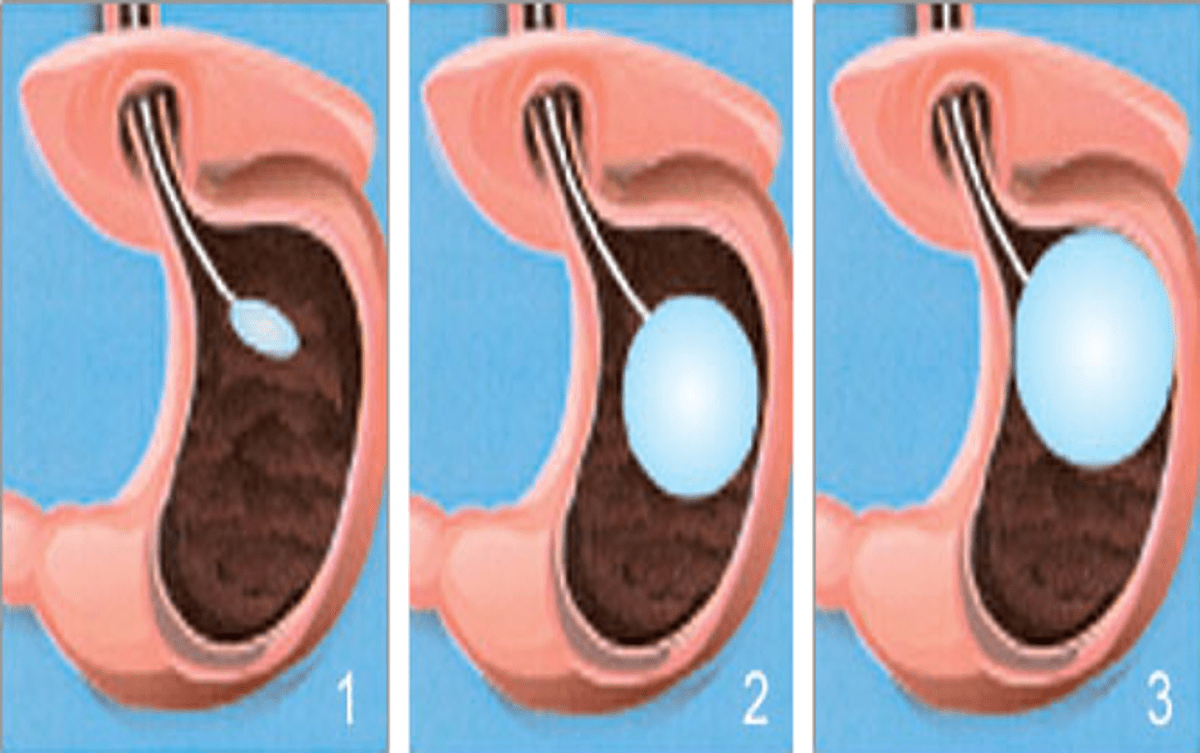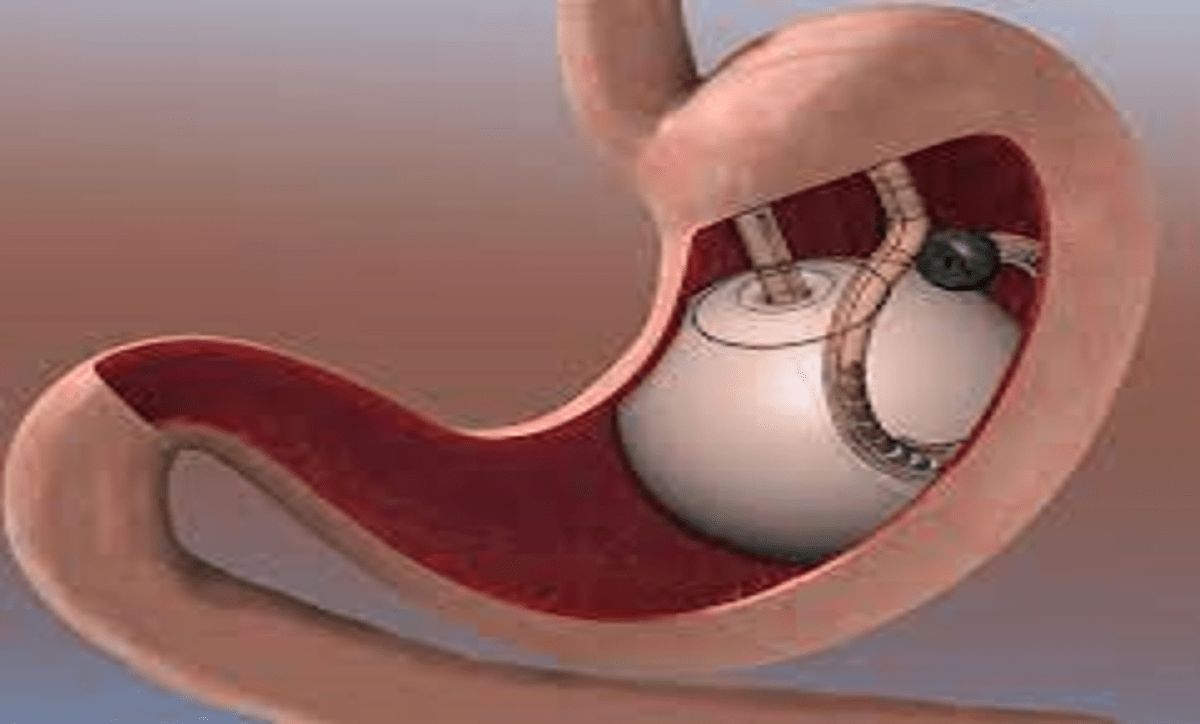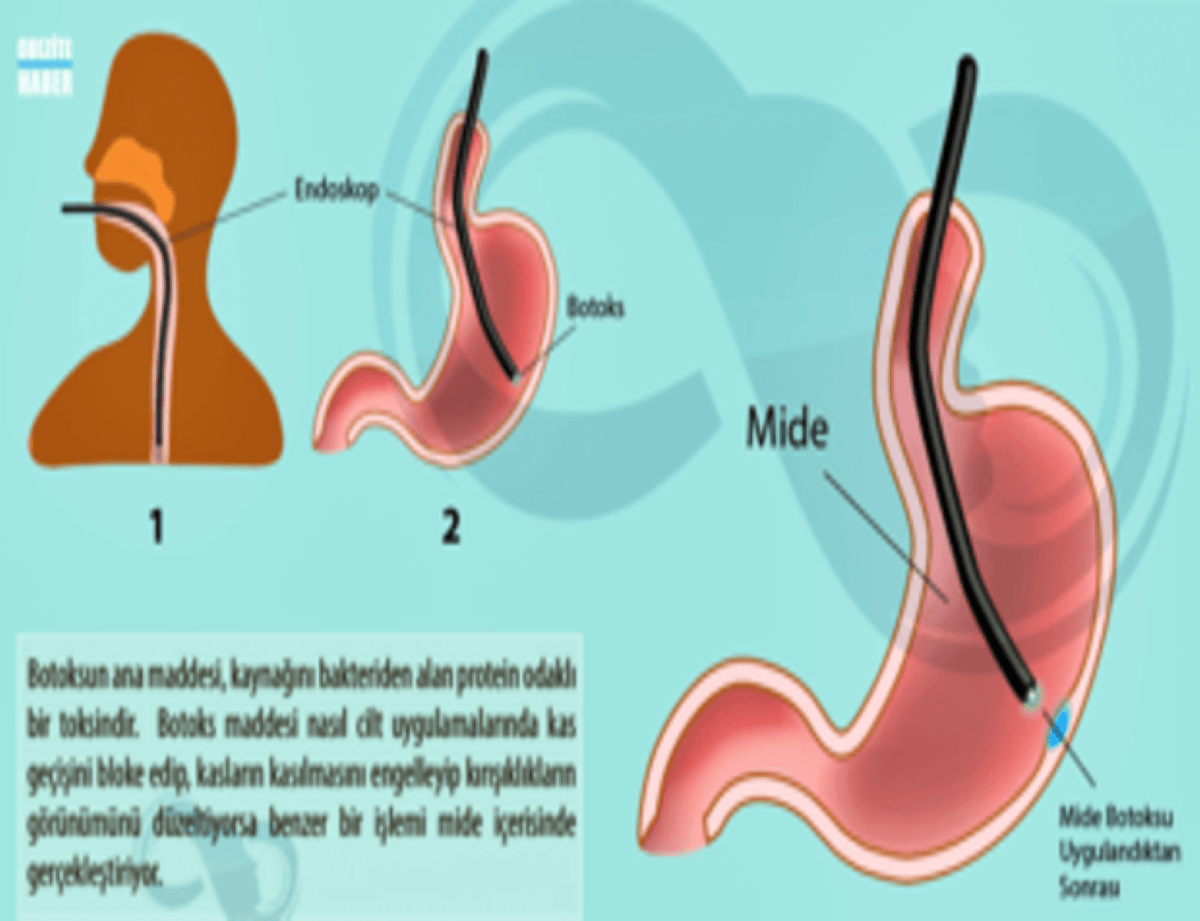Obesity is an excessive accumulation of fat in the body, that is, an energy metabolism disorder that can lead to chronic, psychosocial and physiological problems with an increase in the ratio of adipose tissue to other tissues.

What is Obesity?
Obesity is an excessive accumulation of fat in the body, that is, an energy metabolism disorder that can lead to chronic, psychosocial and physiological problems with an increase in the ratio of adipose tissue to other tissues. Fat accumulation in cells and tissues causes deterioration of the functions of cells and organelles within the cell. In this way, the burning of energy in the cell is disrupted. This leads to disruptions in the functioning of the relevant tissues and organs. Gradually increasing adipose tissue causes obesity as well as hypertension, insulin resistance, diabetes (type II diabetes), high blood lipids, cardiovascular diseases, musculoskeletal system disorders, asthma, sleep apnea, fatty liver, skin diseases, rheumatic problems and psychological problems. may cause discomfort. In the advanced stages of obesity, it becomes difficult to return because disorders occur in many tissues and organs. The probability of permanent weight loss with diet and exercise alone is extremely low (<1%). Here, endoscopic and surgical methods used in the treatment of obesity come to the rescue of patients at this point. The treatment method for the patients is decided according to the severity of the obesity of the patients and the presence of other obesity-related diseases. Body mass index (BMI) calculation is the most widely used method in the classification of obesity. In this simple method, weight (kg) is divided by height (m) squared. While endoscopic methods such as gastric balloon or gastric botox are preferred mostly between BMI 30-35, laparoscopic surgical procedures such as sleeve gastrectomy or gastric bypass are applied to patients with BMI above 35 and with additional disease or BMI above 40.
What is Obesity Surgery?
Obesity surgery is the restriction of the calorie intake of the patients by various interventions to the stomach and small intestines with endoscopic or laparoscopic methods, or the restriction of the amount of energy entering the body from the consumed foods by reducing the absorption. Today, the most commonly used endoscopic methods other than surgery in the treatment of obesity are gastric balloon and stomach botox. The most commonly used surgical method is sleeve gastrectomy. Depending on the severity of the disease, more complex methods such as gastric bypass can also be used.
Gastric Balloon
A gastric balloon is a silicone ball that is placed inside the stomach and inflated with air or water. Since the gastric balloon occupies the volume in the stomach, it gives a feeling of fullness, the patient gets full early, and when he eats too much, it causes nausea and bloating, significantly increasing the patient's compliance with the diet. Patients with gastric balloon can lose weight between 15 and 20 kg. Scientific studies show that the rate of weight loss with gastric balloon is as high as 90-95%. The gastric balloon is placed with the help of an endoscope in the endoscopy unit with a slight sleep. These balloons can stay in the stomach for 6 months (medsil, medicon) or 1 year (Orberra). Some gastric balloons, which can stay for 1 year, can be re-endoscopy and the amount of fluid in them can be adjusted according to the patient's condition (adjustable gastric balloon- Spatz-3). There is also a swallowable gastric balloon (Ellipse), which does not require anesthesia and endoscopy and can stay in the stomach for an average of 4 months. According to the patient's condition and needs, the dietitian and obesity surgeon determine the most accurate method and apply it to the patient.



Stomach Botox
Stomach botox is the process of injecting botulinum toxin into the stomach wall with the help of an endoscope with a slight sleep. This drug is a toxin that paralyzes the muscles. After the drug administration, the muscles and nerves of the stomach begin to work less. Since the stomach works more slowly, the patient has a feeling of fullness and early satiety. There are variable results about the effectiveness of stomach botox in scientific studies. While it was found to be effective in weight loss in some studies, it was found to be ineffective in others. Compared to the gastric balloon, the rate and amount of weight loss is lower (70%). Further scientific studies are needed for gastric botox to be used routinely.


For all your questions, comments and suggestions,
you can contact us via the form below.
Gürlife Hastanesi
Obezite ve Diyabet Cerrahisi
Fevzi Çakmak Mah. Akınsel Sok. No:1
Tepebaşı Eskişehir
0552 200 59 69
You can reach us through our social media channels,
you can be informed about innovations.